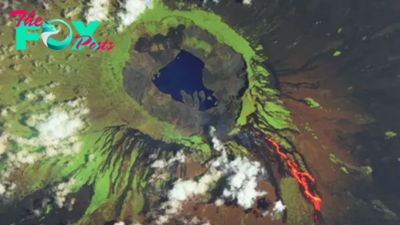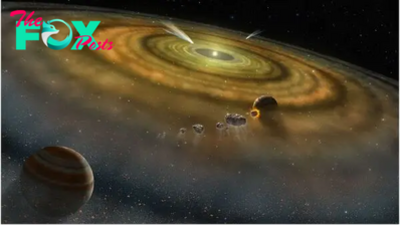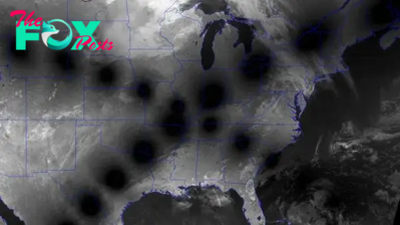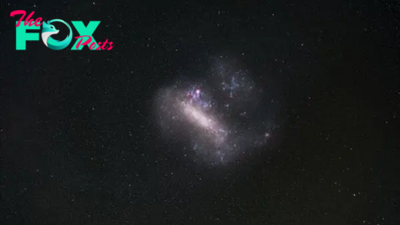Science
Radar images show Europe's doomed ERS-2 satellite buckle and burn during final orbits of Earth
The European Space Agency has released images showing some of the final orbits experienced by a European satellite before its fiery reintroduction to Earth's atmosphere.
The school-bus-sized European Remote Sensing (ERS-2) satellite reentered our planet's atmosphere over the Pacific Ocean on Feb. 21, almost 29 years after its launch in April 1995.
The Tracking and Imaging Radar (TIRA) at the Fraunhofer Institute for High Frequency Physics and Radar Techniques FHR in Germany observed the spacecraft in the days and hours ahead of its demise.
Space debris is becoming a bigger and more visible issue as time goes on. The combined radar images from TIRA — in which the color represents radar echo intensity, not temperature — notably show the buckling and bending of one of ERS-2's solar arrays occuring earlier than expected. This could have implications in terms of understanding how spacecraft behave as they reenter the atmosphere.
These are some of the very final images of ERS-2.Captured by @Fraunhofer_FHRe, they show the satellite's solar array buckle and bend under the stress of reentry earlier than expected.This may have caused ERS-2 to interact with the atmosphere in ways we did not expect. pic.twitter.com/Wld5qzMWXtFebruary 26, 2024
"When predicting a satellite's reentry trajectory, experts treat it as one rigid object until almost the very end. If ERS-2's solar array was loose and moving independently a day early, it may have caused the satellite to interact with the atmosphere in ways we did not expect," said an ESA statement.

Precise data regarding the reentry is now being assessed. Of particular interest is whether the buckling of the array was related to the slightly-later-than-predicted reentry sequence. The outcome could help improve forecasts of future natural reentries, according to ESA.
—5,000-pound European satellite burns up over Pacific Ocean after 30 years in orbit
—1st US spacecraft on moon in 50 years could be dead by Tuesday after face-plant landing
—Russia's space weapon: How anti-satellite nuclear weapons could lead to utter chaos in orbit
ERS-2 made a "natural," or uncontrolled, atmospheric reentry. Its fuel and batteries were depleted to lower the risk of debris-creating explosions in orbit; it was, rather, left to be pulled back to Earth by gravity and atmospheric influence. Space agencies and companies are now moving to controlled reentries, whereby operators deliberately deorbit a spacecraft over sparsely populated areas of Earth such as the South Pacific Ocean.
Originally posted on Space.com.
-

 Science21h ago
Science21h agoEarth from space: Lava bleeds down iguana-infested volcano as it spits out toxic gas
-

 Science1d ago
Science1d agoJupiter may be the reason why Earth has a moon, new study hints
-

 Science1d ago
Science1d agoSpace photo of the week: Little Dumbbell Nebula throws a wild party for Hubble telescope's 34th anniversary
-

 Science2d ago
Science2d agoEclipse from space: Paths of 2024 and 2017 eclipses collide over US in new satellite image
-

 Science4d ago
Science4d agoHundreds of black 'spiders' spotted in mysterious 'Inca City' on Mars in new satellite photos
-

 Science4d ago
Science4d agoScientists find one of the oldest stars in the universe in a galaxy right next to ours
-

 Science5d ago
Science5d agoEerie, orange skies loom over Athens as dust storm engulfs southern Greece
-

 Science5d ago
Science5d agoHidden 'biosphere' of extreme microbes discovered 13 feet below Atacama Desert is deepest found there to date





















